 Shutterstock
Shutterstock
If ancient civilizations had seen some of today’s dog breeds, history might have looked very different. Forget golden idols and marble statues—temples would’ve been built with built-in treat dispensers and paw-shaped thrones. These dogs don’t just deserve worship—they demand it. These breeds carry the kind of celestial presence that would’ve landed them their mythology. Somewhere in an alternate timeline, entire empires are built around belly rubs, and these dogs are the deities blessing crops, calming storms, and occasionally chewing on the sandals of their worshippers.
Saluki
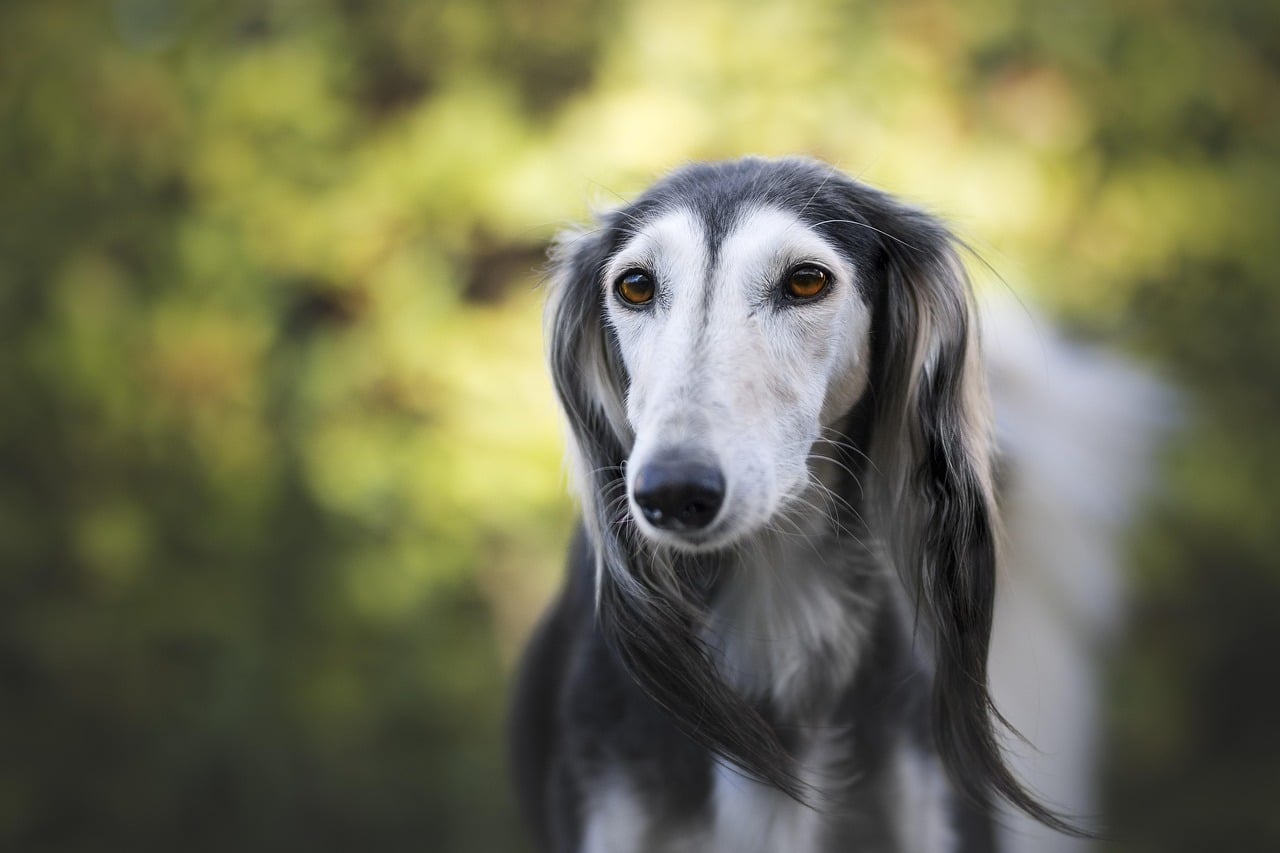 Shutterstock
Shutterstock
The Saluki is already halfway to divinity with its ethereal appearance and ancient roots. One of the oldest known dog breeds, the Saluki has been found in Egyptian tombs and carved into temple walls like it’s ready to bless your pharaoh-era soul. With their flowing limbs and eyes full of secrets, Salukis would’ve been seen as desert spirits who could glide between worlds. It’s easy to imagine them as messengers of the gods—delivering wisdom, grace, and the occasional perfectly timed zoomie through sacred halls.
Akita
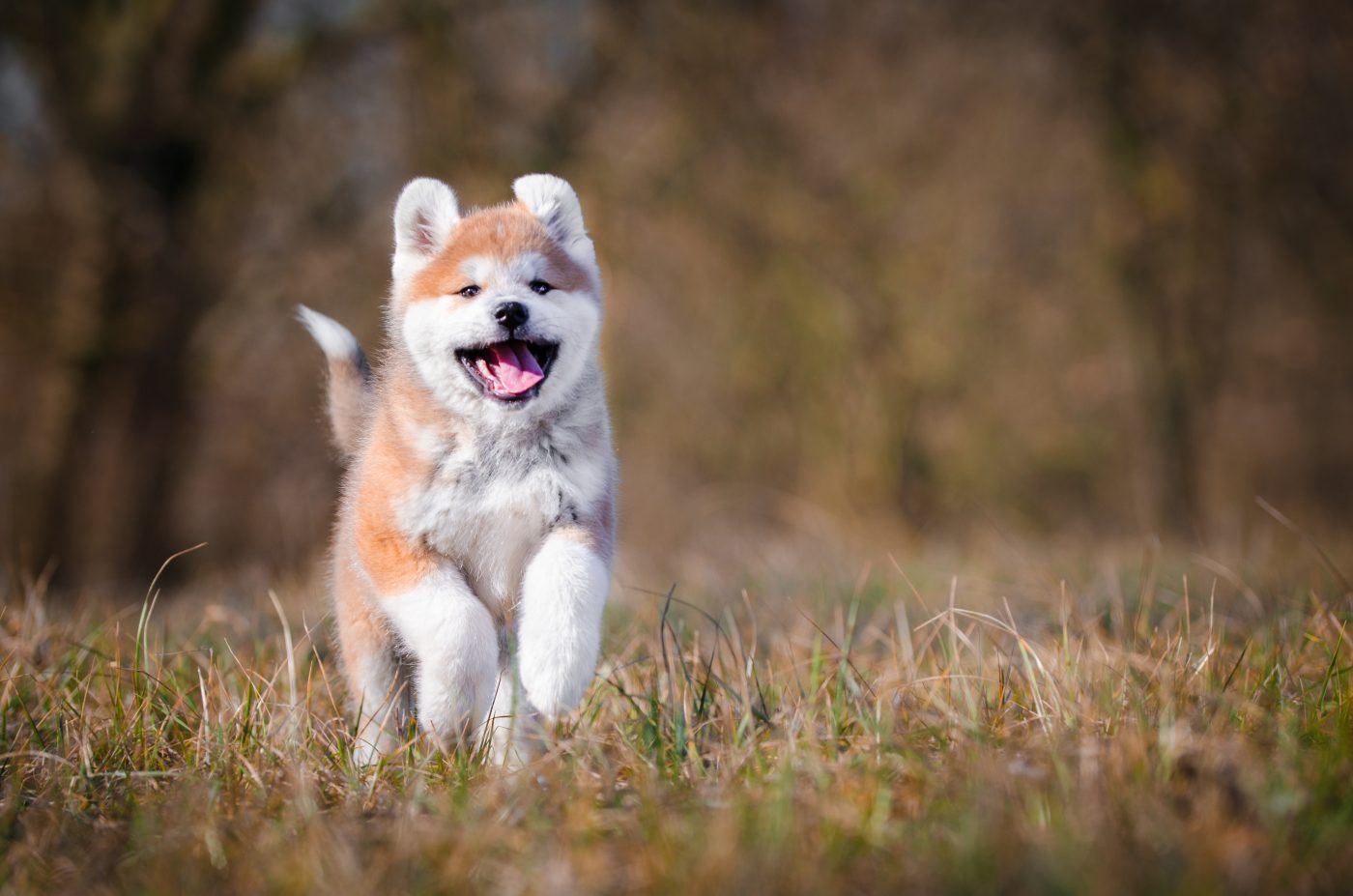 Shutterstock
Shutterstock
The Akita’s stoic presence and unwavering loyalty would have earned it serious shrine real estate in any ancient Japanese temple. These dogs carry themselves like royal guards of the spirit world, silently watching, protecting, and judging. Their deep, noble gaze and almost mythical level of devotion would have made them sacred protectors—perhaps believed to carry the souls of ancient warriors or serve as intermediaries between humans and divine forces. Worship would probably include ceremonial pats and offerings of grilled meat.
Afghan Hound
 Shutterstock
Shutterstock
With their majestic coats, elegant necks, and runway-ready stride, Afghan Hounds look like they descended from the heavens purely to be admired. These dogs would’ve been adored by ancient nobles as sacred beings of beauty and movement. You can picture an Afghan Hound perched on a jewel-encrusted pedestal while robed priests brushed its hair with golden combs. As a deity, it would demand incense, admiration, and at least three naps on a sun-drenched marble floor.
Pharaoh Hound
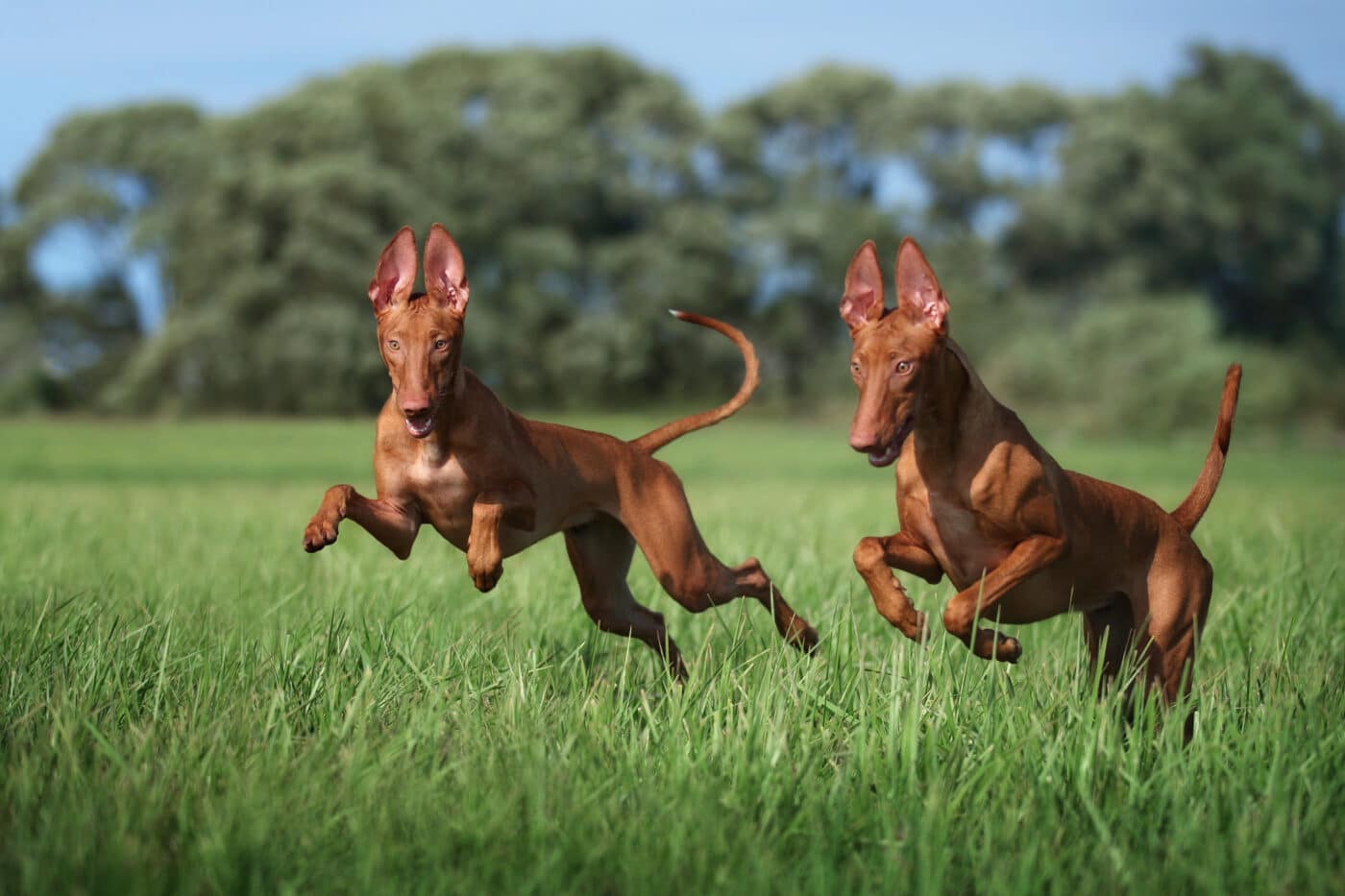 Shutterstock
Shutterstock
The name says it all. The Pharaoh Hound looks like it walked straight out of a myth—sleek, powerful, and noble, with a reddish coat that practically glows. In ancient Egypt, they likely would have been believed to house the spirits of the gods themselves. With their ability to blush (yes, their noses and ears turn pink when excited), the Pharaoh Hound could easily be considered a living conduit of emotion and energy. Their temples would be decorated with sun motifs, and their priests would be stylish and swift.
Chow Chow
 Shutterstock
Shutterstock
If a lion, a cloud, and a noble spirit had a baby—it would be a Chow Chow. This breed’s regal demeanor and mysterious aura are the stuff of legends. Ancient Chinese emperors already held them in high regard, but with their unique appearance and aloof wisdom, it’s not hard to imagine them as guardian deities watching over cities and families. Worshipping a Chow Chow would probably involve silent meditations, soft brushes, and frequent declarations that “we are not worthy.”
Basenji
 Shutterstock
Shutterstock
Known as the barkless dog, the Basenji brings mysterious silence and feline elegance to the canine world. With origins in Central Africa and a history of being treasured by ancient tribes, they could easily have been worshipped as sacred messengers of the spirit realm. Their quiet, watchful nature and expressive eyes would have made them revered for their ability to “speak without sound.” Also, their signature yodels? Definitely otherworldly chants meant to summon good fortune and treat rain.
Borzoi
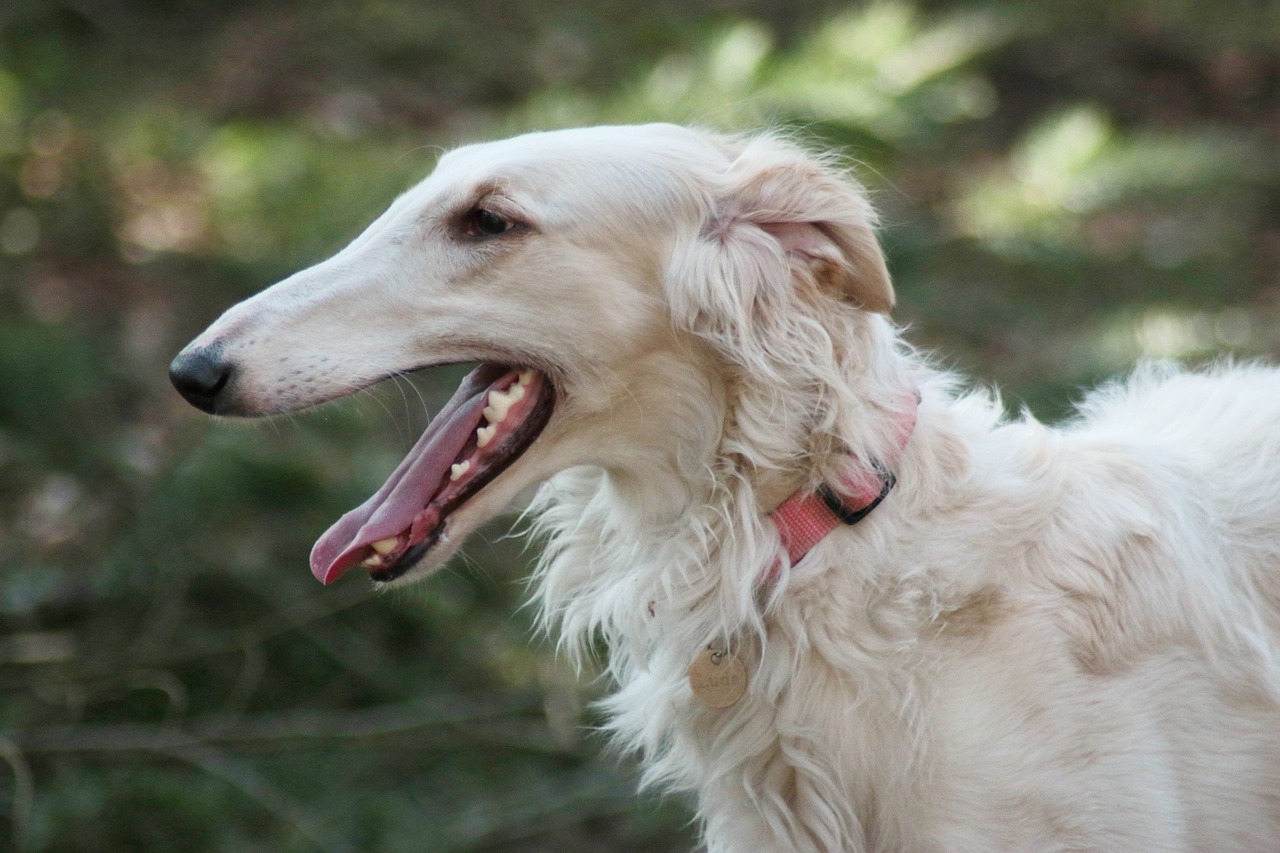 Shutterstock
Shutterstock
The Borzoi looks like it belongs in a fresco, lounging dramatically between gods and goddesses in some grand hall of clouds. With their graceful bodies and noble expressions, they would’ve been divine beings of beauty and speed in ancient Slavic or Greco-Roman mythology. Perhaps they’d be considered harbingers of dreams, drifting through the land of mortals only when the stars align. Their temples would be covered in white marble and the scent of lavender, and their worshippers would need to dress fabulously at all times.
Tibetan Mastiff
 Shutterstock
Shutterstock
Massive, majestic, and cloaked in fluff like they’ve just returned from wrestling storms on mountaintops, Tibetan Mastiffs were practically made for deity status. In the Himalayas, they’ve long been guardians of monasteries and temples—so it’s not a big leap to imagine them as divine protectors of sacred realms. With their booming bark and fearless stance, these dogs would be thunder gods, mountain spirits, or furry demigods demanding loyalty and yak jerky tributes.
Shiba Inu
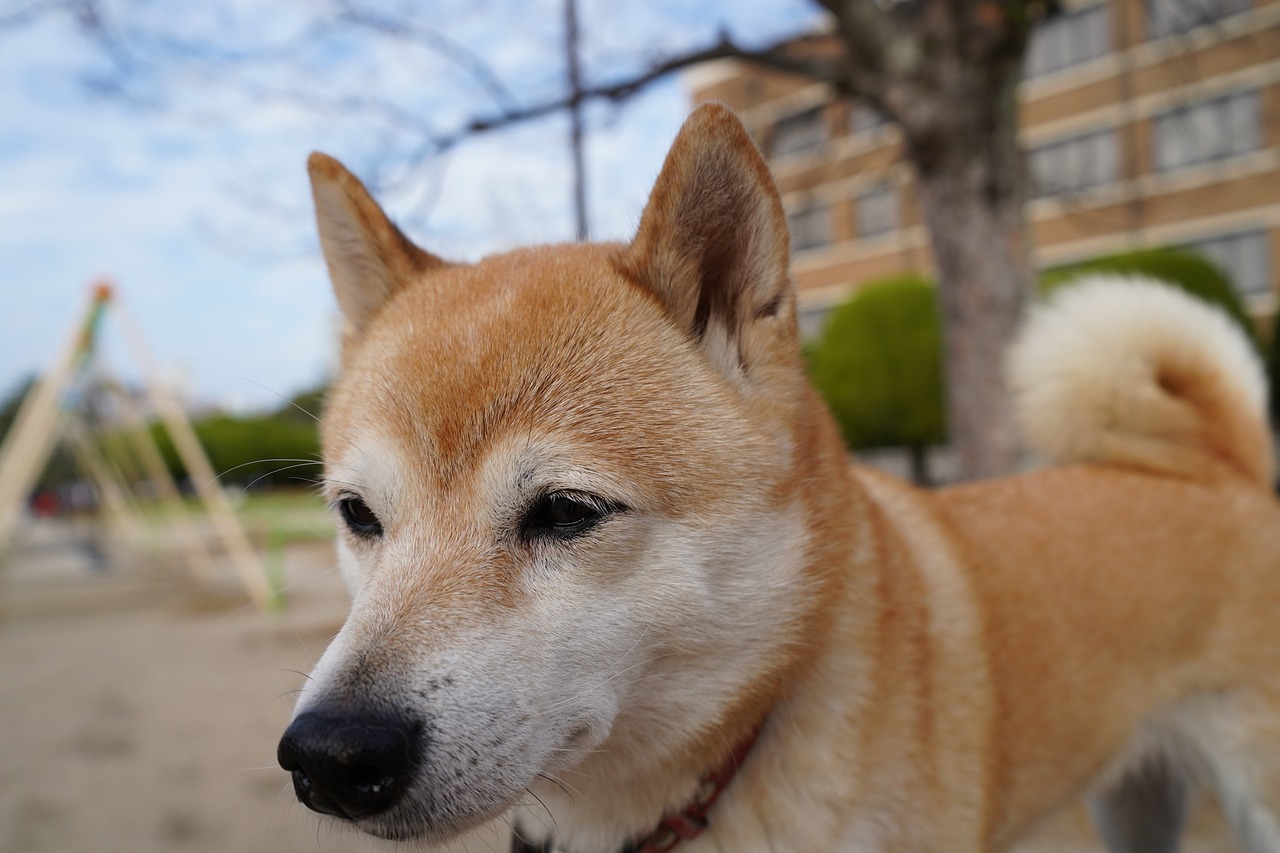 Shutterstock
Shutterstock
If ancient civilizations had social media, the Shiba Inu would’ve ruled every temple, scroll, and gossip tablet. With their mischievous charm, dignified independence, and undeniable cuteness, Shibas would have been worshipped as trickster gods of fortune and chaos. Offer them praise, and they’ll reward you. Cross them, and they’ll knock over your altar and act like it was your idea. Ancient rituals? Probably just them refusing to sit during a ceremonial dance and still looking iconic.
Xoloitzcuintli
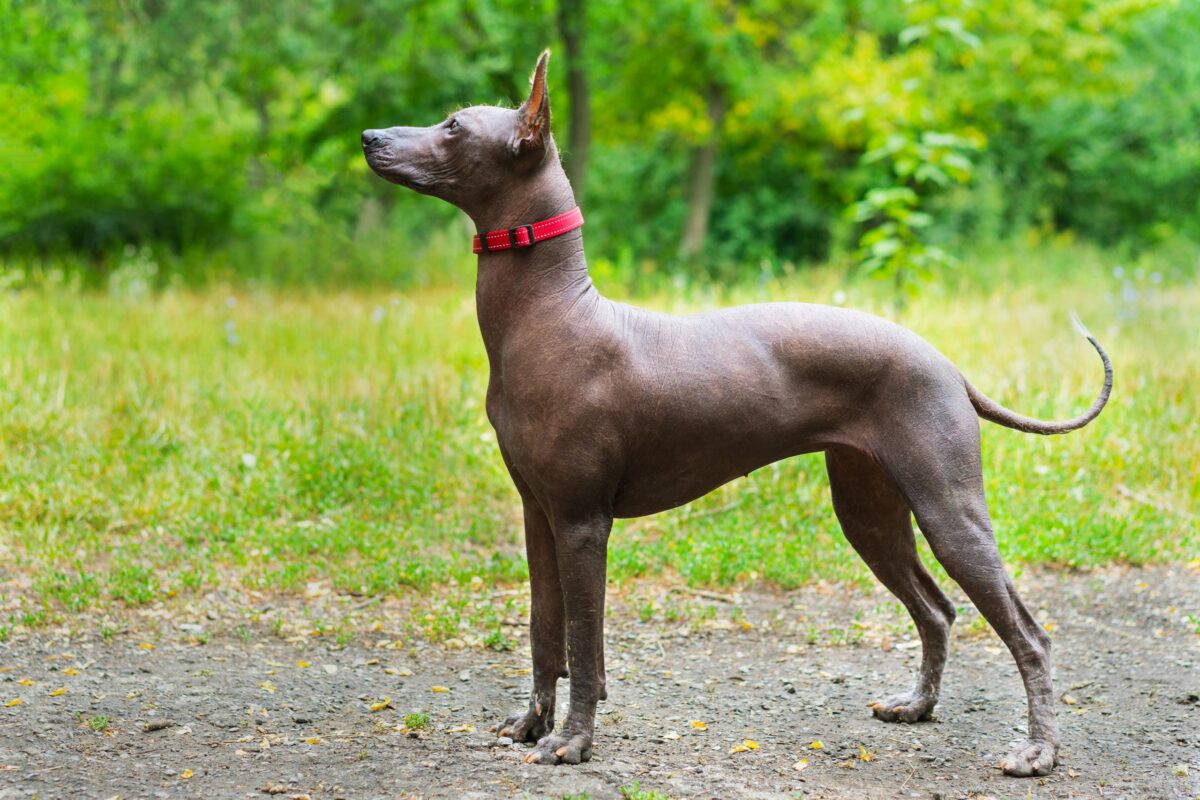 Shutterstock
Shutterstock
The Xoloitzcuintli, or Xolo for short, was worshipped by ancient Aztecs, Toltecs, and Maya. They were believed to guide souls through the underworld, making them literal divine companions. With their sleek, hairless appearance and calm, soulful demeanor, Xolos were viewed as sacred and healing. Today, they still radiate mystic vibes that whisper, “I’ve seen things, mortal.” Their temples would be dark, peaceful sanctuaries full of candles and deeply meaningful silence.
Lhasa Apso
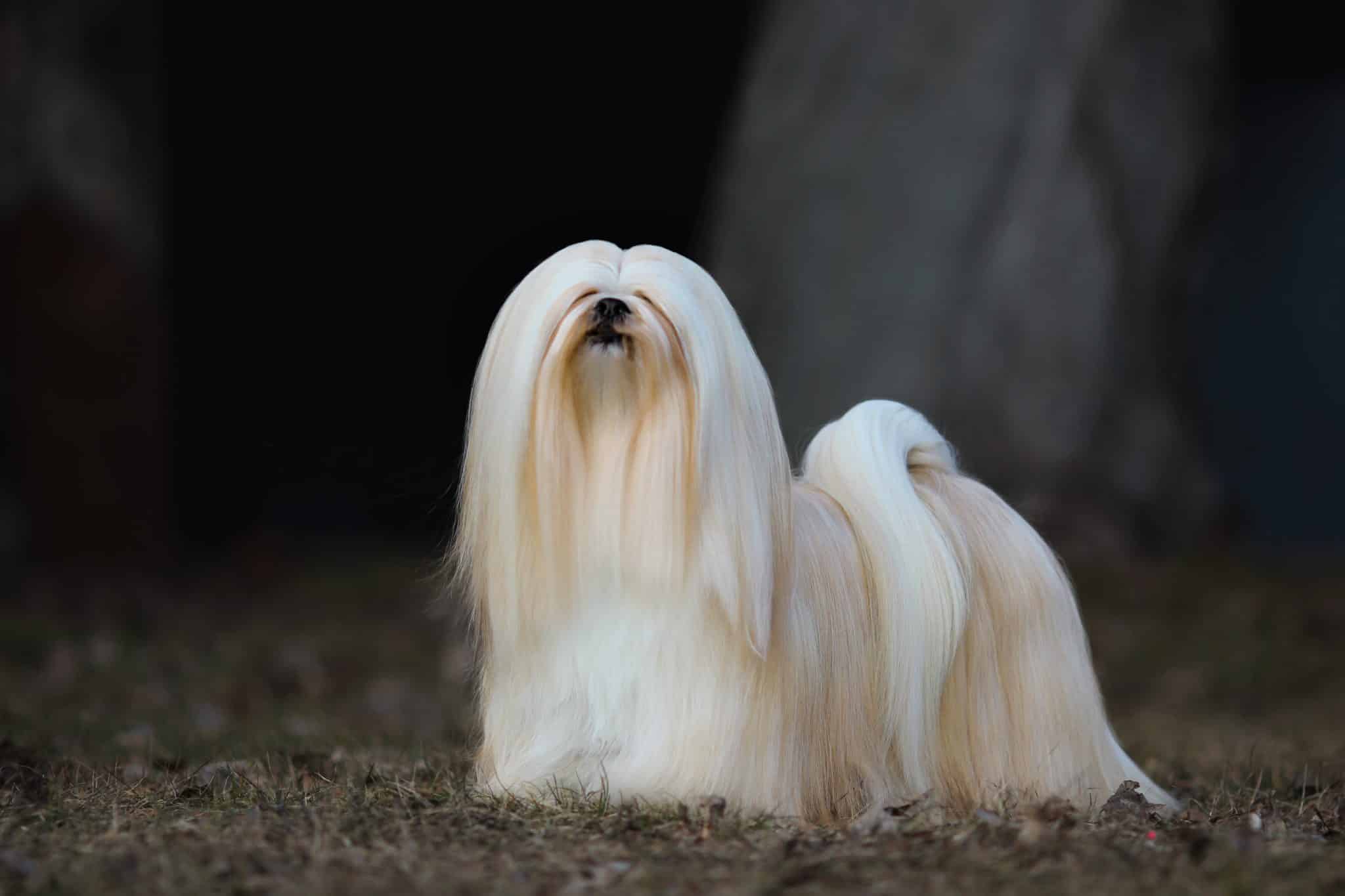 Shutterstock
Shutterstock
The Lhasa Apso was bred to guard Tibetan temples, but let’s be real—they were probably running the whole spiritual operation. These tiny powerhouses look like fluffy monks who achieved enlightenment and then decided to nap. Their confident little strut and all-knowing expressions would’ve earned them shrines of their own. You’d have to recite mantras and offer snacks before even thinking of approaching them for divine guidance.
Great Pyrenees
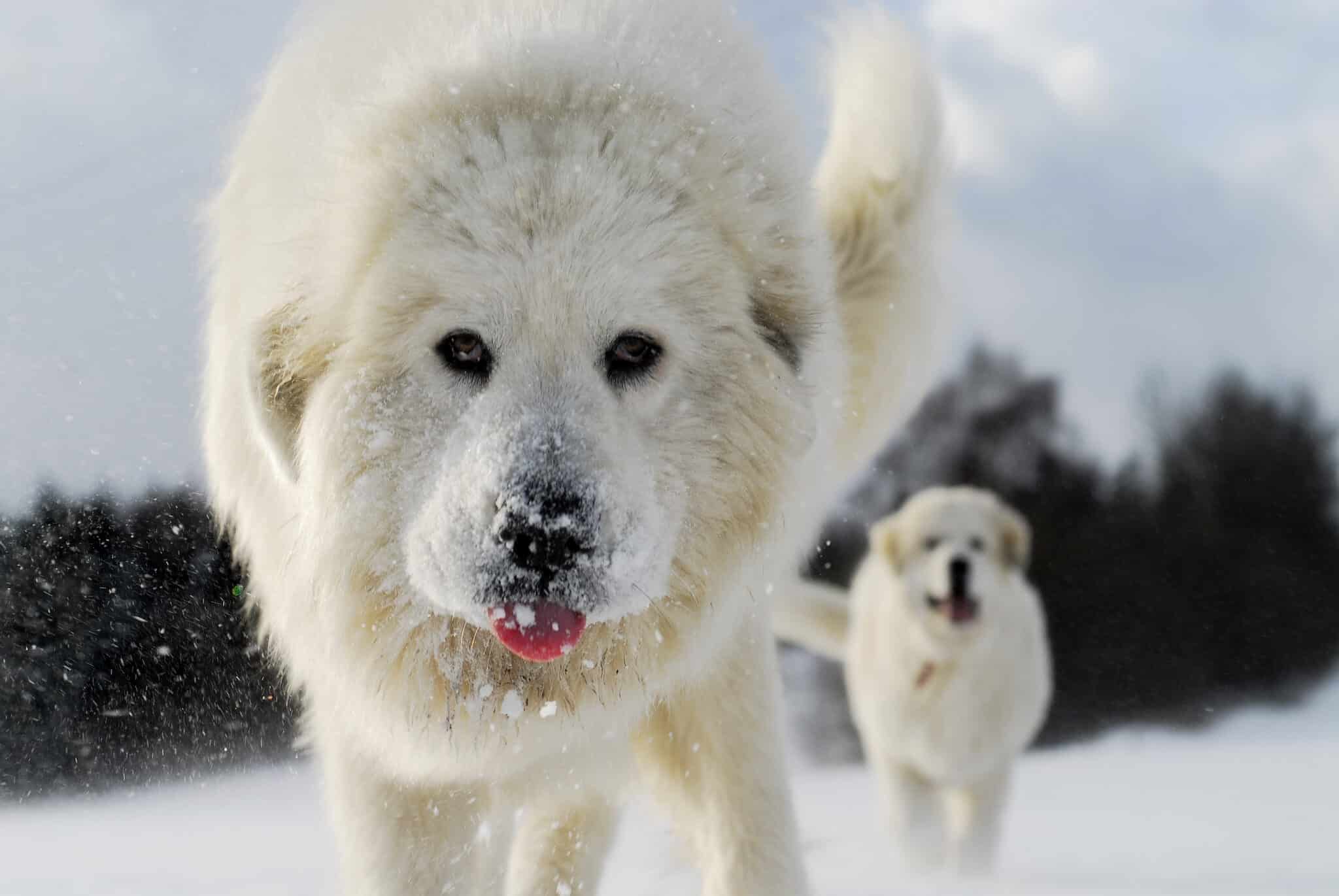 Shutterstock
Shutterstock
The Great Pyrenees would have been the mountain guardian deity, watching over shepherds and herds with a calm, knowing gaze. This breed radiates ancient wisdom and unshakeable peace like it once stood at the edge of the world and said, “I’ve got this.” In ancient Europe, they would’ve had entire cliffside shrines built in their honor, with ceremonies involving wool cloaks, firelight, and slow head pats. If you got lost in the mountains, you’d pray for a Pyrenees to appear.
Samoyed
 Shutterstock
Shutterstock
If joy were a god, it would be a Samoyed. With their permanent smiles and glowing white coats, Samoyeds would’ve been seen as celestial messengers of warmth, hope, and midwinter fluffiness. Ancient cultures would’ve built snowy temples just to bask in their radiant energy. Farmers would pray to them for bountiful snow (yes, snow), and children would believe they were made from clouds gifted by the gods. Honestly, they’d be worshipped for cuddles alone.
The Bark Side Of Divine History
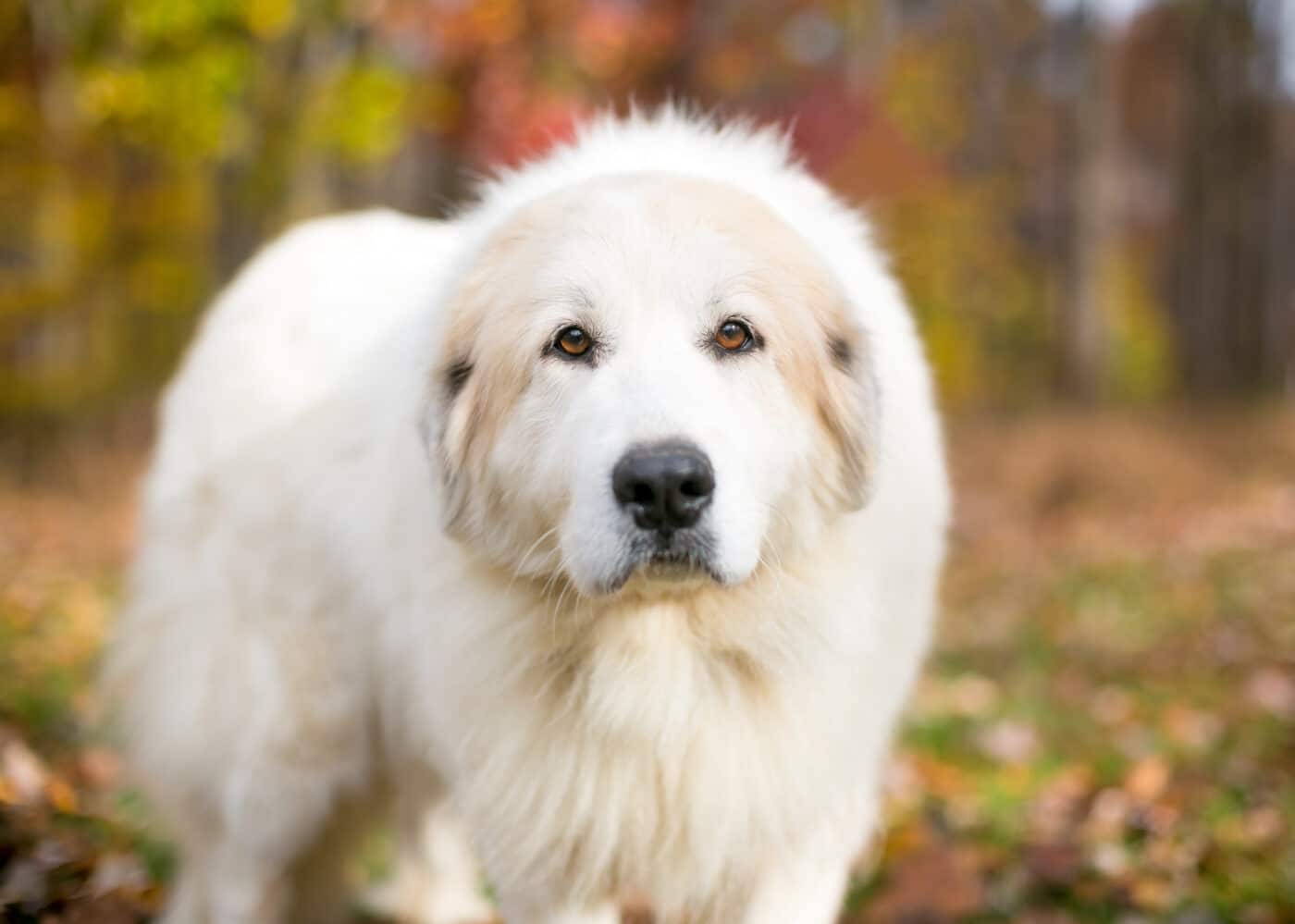 Shutterstock
Shutterstock
If ancient civilizations had access to these majestic, mysterious, and occasionally dramatic dog breeds, we wouldn’t be reading about thunder gods or sun deities—we’d be kneeling before statues of fluff with glowing eyes and divine side-eyes. Whole temples would’ve been built just for zoomies. Mythology would include epic tales of the Great Squirrel Chase and the Sacred Nap. Forget golden idols—these dogs would’ve ruled the spiritual world with a wag and a woof. Belly rubs would’ve been considered a holy ritual.
 Toledo, United States.
Toledo, United States.
